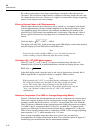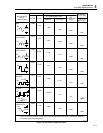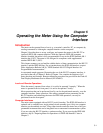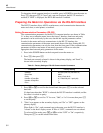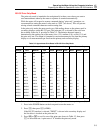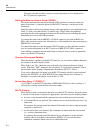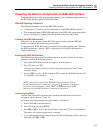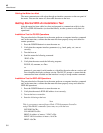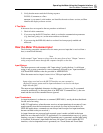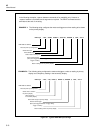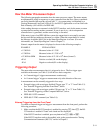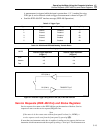
45
Users Manual
5-6
Cabling the Meter to a Host
The meter communicates with a host through an interface connector on the rear panel of
the meter. First turn the meter off, then cable the meter to the host.
Getting Started With An Installation Test
After the meter has been cabled to a host and prepared to communicate with it via the
RS-232 or IEEE-488 interface (as described above), test the system to verify that it is
operational.
Installation Test for RS-232 Operations
The procedure below illustrates how the meter performs a computer interface command
and, at the same time, confirms that the meter has been properly set up and cabled for
remote operations:
1. Press the POWER button in to turn the meter on.
2. Verify that the computer interface parameters (e.g., baud, parity, etc.) are set
correctly.
3. Turn the host on.
4. Send the meter the following command.
*IDN? <CR>
5. Verify that the meter sends the following response
FLUKE, 45, nnnnnnn, n.n Dn.n
=>
nnnnnnn is your meter’s serial number; n.n identifies the main software version; and
Dn.n identifies the display software version. The RS-232 prompt => means that the
command has been executed and the interface is ready to accept another command.
Installation Test for IEEE-488 Operations
The procedure below illustrates how the meter performs a computer interface command
and, at the same time, confirms that the meter has been properly set up and cabled for
IEEE-488 operations:
1. Press the POWER button in to turn the meter on.
2. Verify that the meter’s IEEE-488 address is set correctly.
3. Turn on the host or controller.
4. Enter the following at the host:
Note
This is a program as entered from a Fluke 1722A Instrument Controller
using Fluke BASIC commands. Syntax may vary with the host.
INIT PORT 0<CR>
CLEAR PORT 0<CR>
PRINT @<address of meter>, "*IDN?"<CR>
INPUT LINE @<address of meter>, A$<CR>
PRINT A$<CR>



